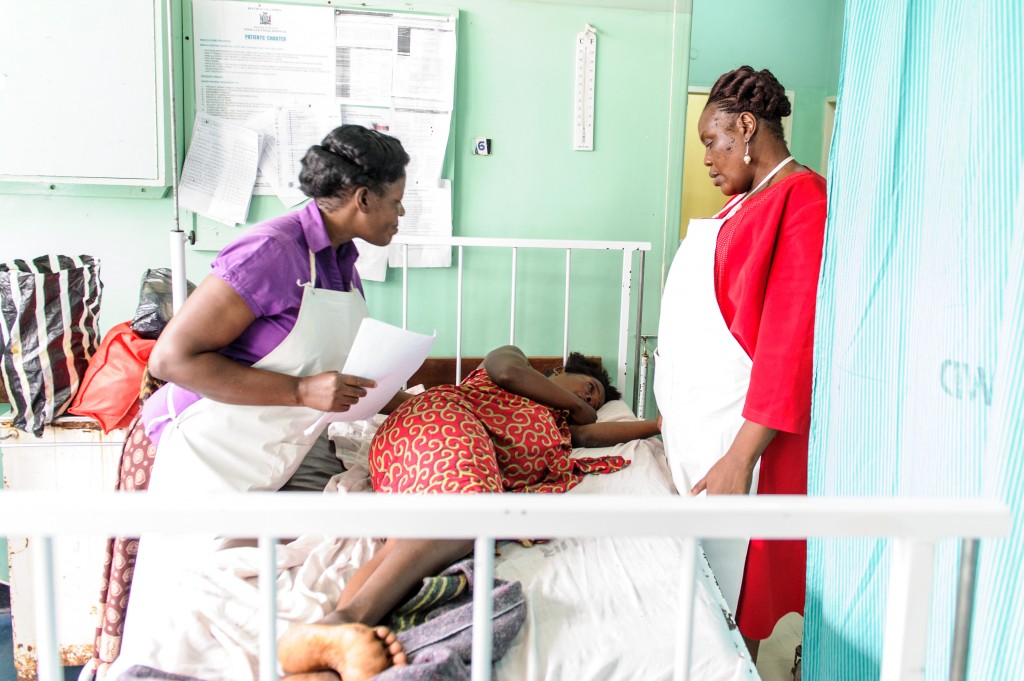Delivering at health facilities can help to reduce maternal and infant mortality, but in Zambia only 67 percent of total births and 56 percent of rural births take place in health facilities.[1] The Demand-Driven Evaluations for Decisions (3DE) program conducted an impact evaluation to determine if non-cash incentives, called Mama Kits, can cost-effectively increase rural institutional delivery rates. In this evaluation, Mama Kits intervention increased the odds of delivering at a facility by 63% (p-value < 0.01, 95% CI: 29%, 106%), or an increase of 9.9 percentage points. These results yield a cost-effectiveness of US$5,183 per death averted, which is comparable to many other commonly scaled public health interventions such as bed net distribution, antiretroviral drugs for HIV, and other established maternal and child health interventions.
Read more about this evaluation in this policy brief or publication.






